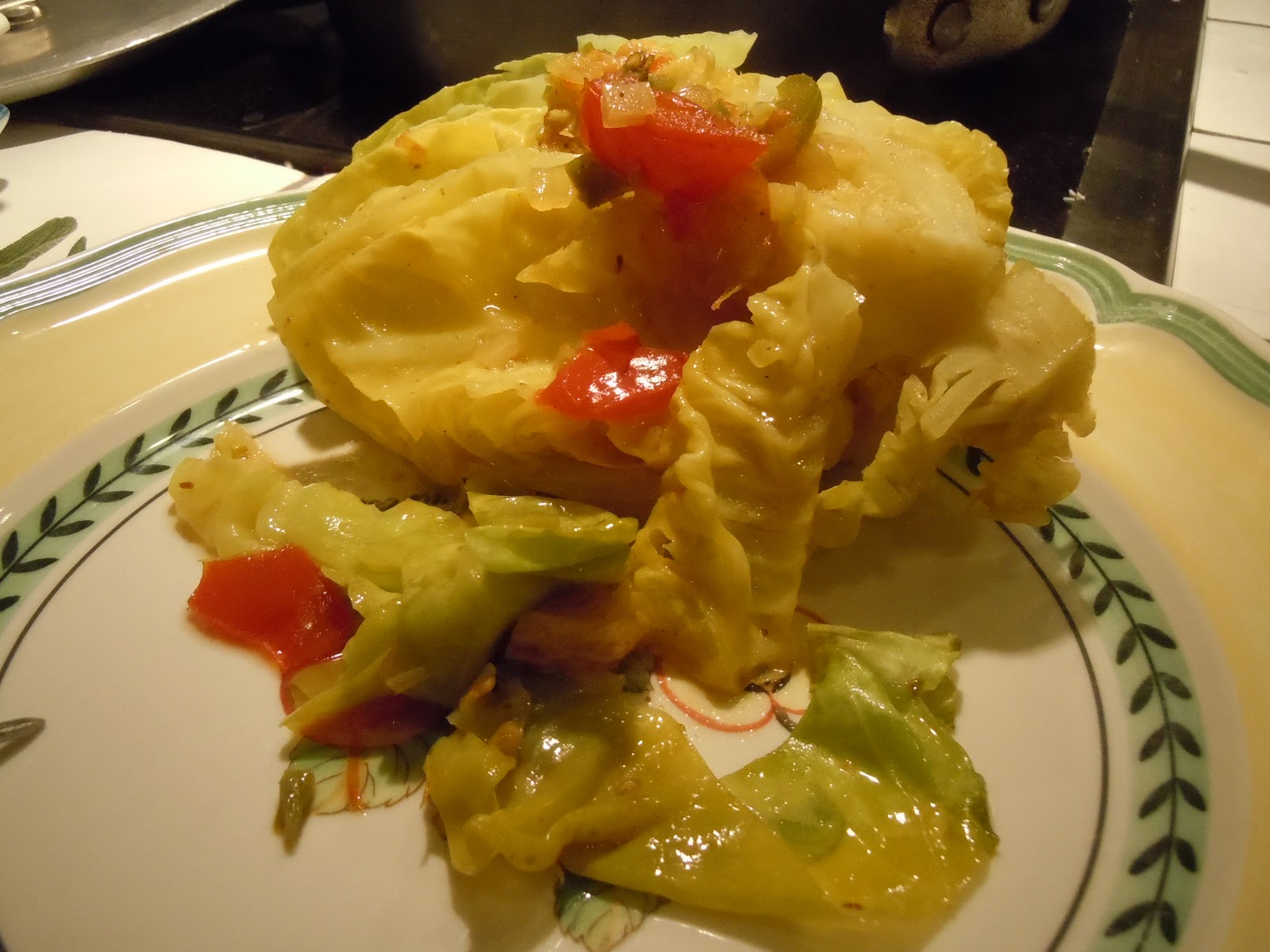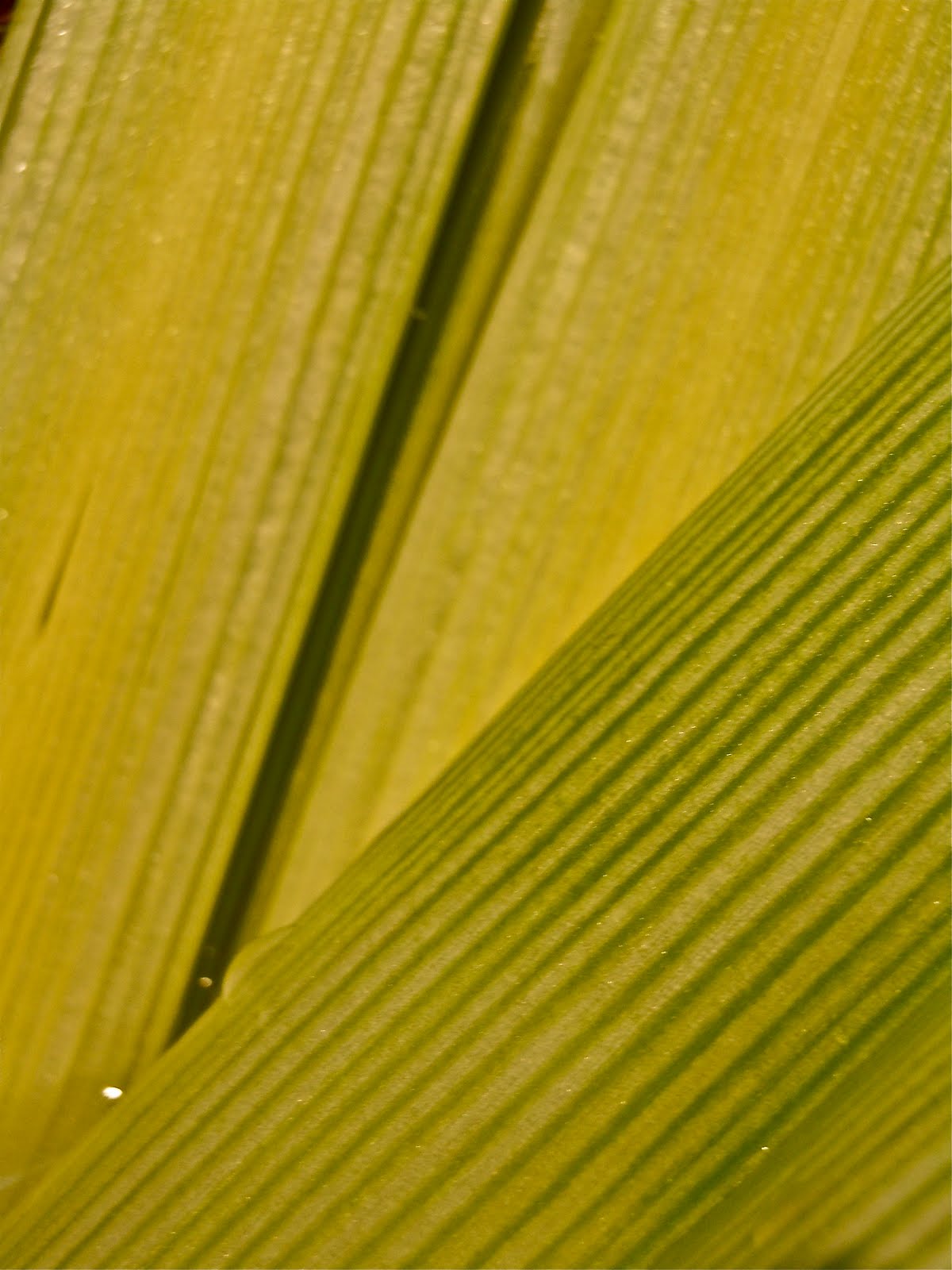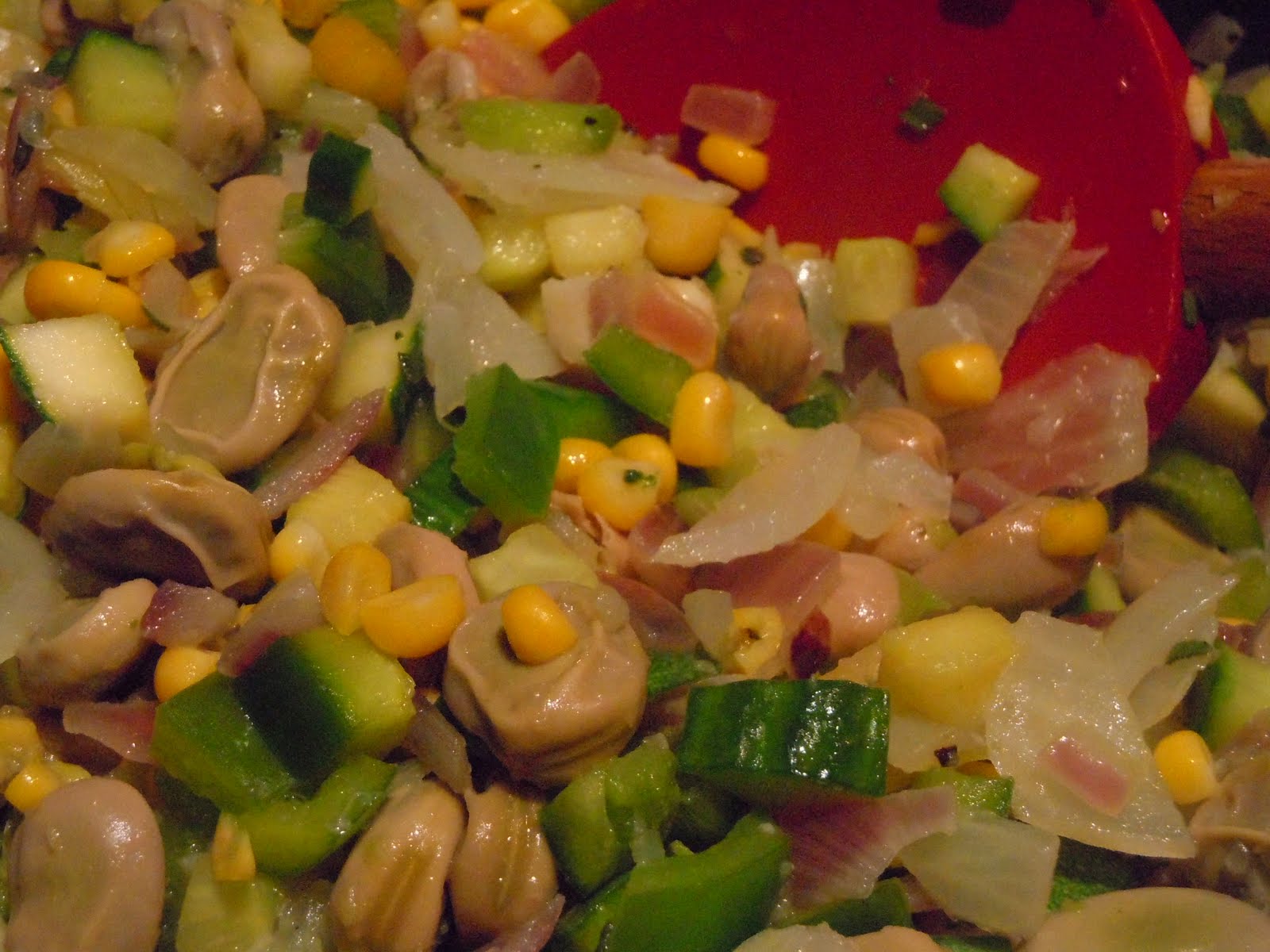The wonders of this recipe came to me completely by accident, I have to admit. A dinner party was planned and a chicken dish was requested. I had planned on serving a fabulous dish by the New York Times featuring roast chicken and fennel, when low and behold, no fennel was to be found. Literally. In the entirety of Oxford, fennel was persona non grata. In a panic and with less than 3 hours to dinner time, I suddenly remembered the recipe for Deviled Chicken on the Smitten Kitchen blog. While I didn't have the time to marinate and serve the chicken as prepared, the side dish of leeks seemed a perfect complement for the amended recipe. And, oh my, was this delicious. It's a multi-step dish, I grant you, but it is worth it. Roasting the leeks in the chicken broth for that long brings out just enough of the sweetness, and the pre-grilling adds just the right amount of smokiness and crunch. Honestly, forget the chicken. Just serve this. Seriously.
Ingredients
6 large leeks
About 3/4 cup extra-virgin olive oil
1 cup sliced shallots
1 tablespoon thyme leaves
1/2 cup dry white wine
1 1/2 to 2 cups chicken or vegetable stock or water
kosher salt and freshly ground black pepper
Preparation
Preheat the oven to 400°F.
Remove any bruised outer layers from the leeks. Trim off to the roots, leaving the root end intact. Trim the tops of the leeks on the diagonal, leaving 2 inches of the green part attached. Cut the leeks in half lengthwise, and submerge in a large bowl of cold water to clean them. Shake the leeks well to dislodge the dirt stuck inside. Let them sit a few minutes, to allow any grit inside the layers to fall to the bottom of the bowl. Repeat the process until the water is clean. Place the leeks, cut side down, on a towel and pat dry completely.
Turn the leeks over so their cut sides are facing up, and season with 2 teaspoons salt and a few grindings of black pepper.
Heat a large saute pan over medium-high heat for 2 minutes. Pour in 1/4 cup olive oil, and wait 1 minute. Place the leeks in the pan, cut side down, being careful not to crowd them. (you will probably need to saute them in batches or in two pans. Add more olive oil to the pan as needed, for each batch.) Sear them 4 to 5 minutes, until they are golden brown. Season the backs of the leeks with salt and pepper, and turn them over to cook another 3 to 4 minutes. Transfer them to a large gratin dish, lining them up, cut sides facing up. (Choose a baking dish or gratin dish that can go from oven to table and that will accommodate all the leeks and chick thighs, or use two smaller dishes.)
Pour 1/4 cup olive oil into the pan and heat over medium heat. Add the shallots, thyme, 1/4 teaspoon salt, and a pinch of pepper. Cook about 5 minutes, until the shallots are just beginning to color. Add the white wine and reduce by half. Add 1 1/2 cups stock, and bring to a boil over high heat.
Pour the liquid over the leeks. The stock should not quite cover them; add more stock if necessary.
Braise in the oven 30 minutes, until the leeks are tender when pierced.
If serving with chicken, simply place the meat on top of the leeks and let the juices meld with the chicken. You won't overcook the leeks and you'll get all those great flavors to combine with the meat. For the win.







